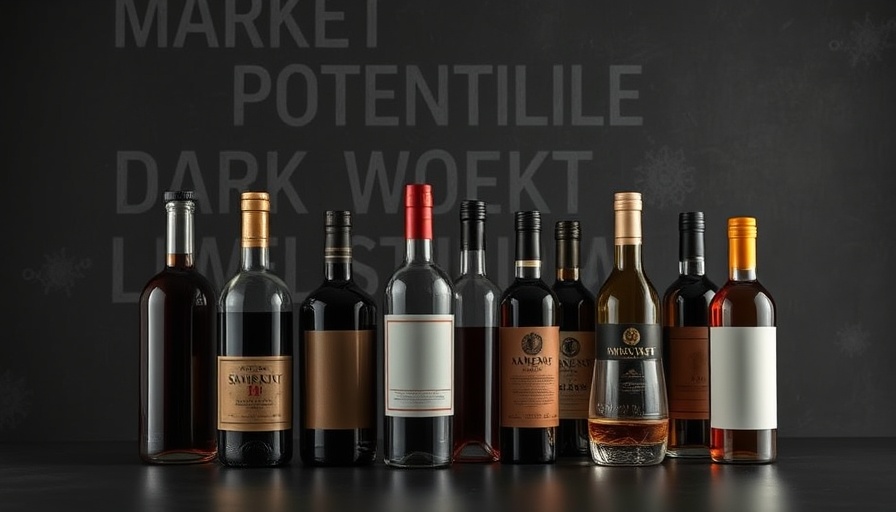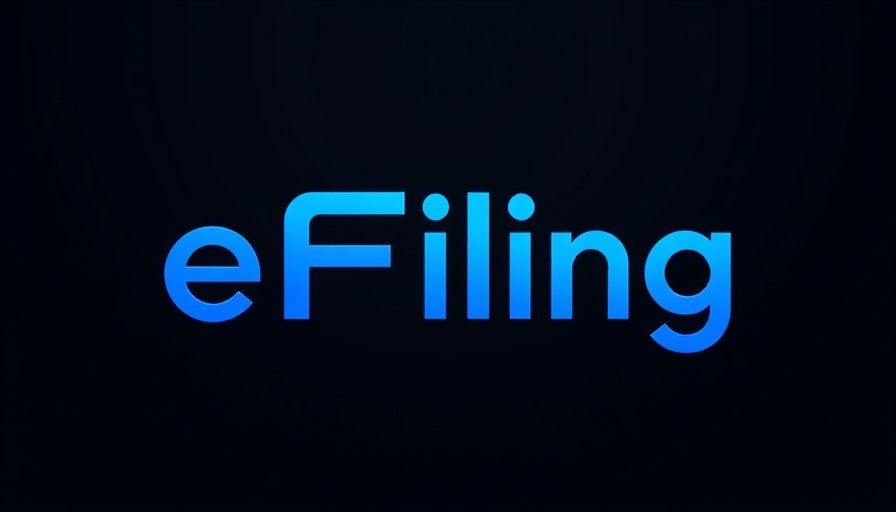
The Rise of the Dark Spirits Market: Insights and Trends
The global dark spirits market is poised for remarkable growth, projected to surpass $129.1 billion by 2027, fueled by an impressive CAGR of 6.4% between 2021 and 2027. This trend is increasingly significant for professionals engaged in the spirits industry, as well as those within related economic sectors. With a growing emphasis on quality and craftsmanship, particularly among millennials and baby boomers, the demand for craft spirits has risen sharply, illuminating changing consumer preferences that could inform investment and marketing strategies.
Craft Spirits: The New Frontier
Craft spirits have catalyzed much of the growth in the dark spirits market, demonstrating the burgeoning consumer appetite for authenticity and quality. Defined as products from distilleries producing fewer than 750,000 gallons annually, craft spirits showcase artisanal methods and transparency regarding ingredients. A notable uptick—26% in 2019—was recorded in craft spirit sales within the U.S., reflecting a consumer shift toward personalized experiences over mass-produced alternatives. This movement not only drives market growth but also expands regional distillation hubs that can empower local economies.
Cultural and Economic Impacts
The rise in dark spirits consumption aligns with broader economic trends such as the resurgence in spirit tourism. Regions steeped in distillation history are becoming hotspots for alcohol enthusiasts seeking crafted experiences. This cultural connection underscores how dark spirits are intertwined with national identities and local economies. In countries like the U.S., UK, and India, the spirit tourism market cultivates community engagement and boosts job creation—critical considerations for any stakeholders involved in tourism or economic policy.
Challenges Facing the Market
Despite the promising prospects, the dark spirits market faces notable hurdles, including high taxation and negative social perceptions associated with heavy consumption. High entry barriers for new market players and fluctuating brand loyalty further complicate growth strategies in developing regions, particularly in Asia-Pacific. Key decision-makers will need to navigate these challenges carefully while ensuring that ethical practices inform their growth strategies.
Future Opportunities: E-Commerce and Organic Demand
The evolution of consumer preferences presents abundant opportunities for innovation. The surge in demand for clean label and organic spirits reflects a broader societal push toward health and sustainability. Businesses must embrace e-commerce platforms to reach consumers increasingly inclined to shop online for artisanal and organic options. The ability to capitalize on these changing preferences will determine competitive advantage in the years to come.
Conclusion: Strategic Implications
For professionals engaged in the dark spirits market, understanding these dynamics opens doors to informed decision-making. The interconnectivity of cultural trends, technological advancements in e-commerce, and the rise of consumer awareness phenomena highlights the importance of adaptability and innovation in strategies moving forward. As the dark spirits market continues to evolve, stakeholders must remain vigilant and proactive, engaging with emerging trends to harness this significant growth opportunity.
 Add Row
Add Row  Add
Add 




Write A Comment